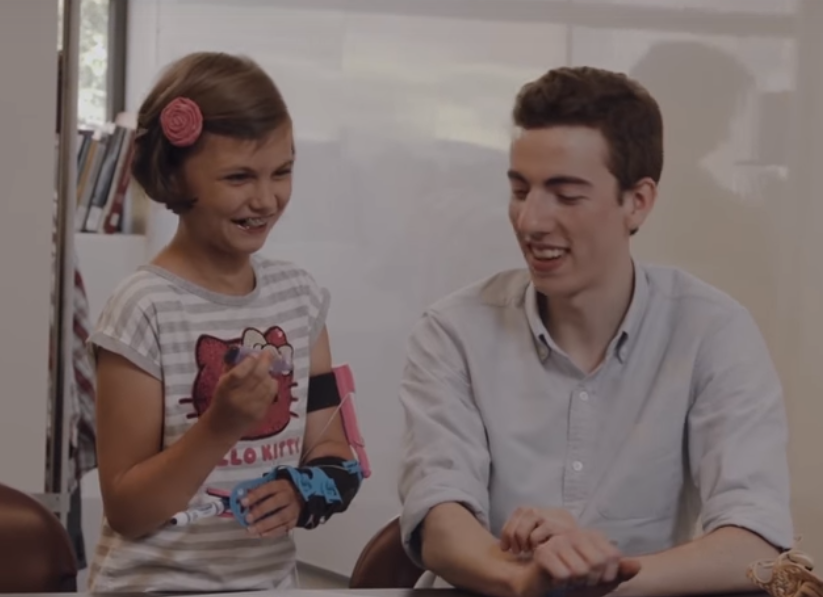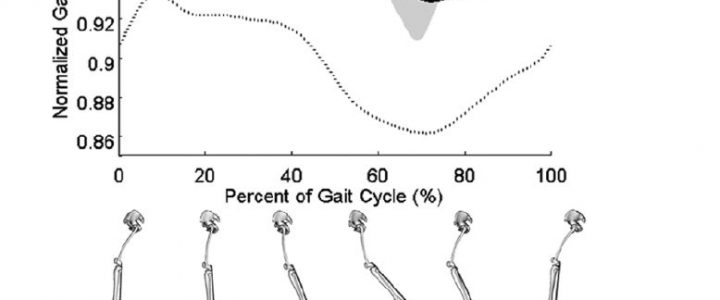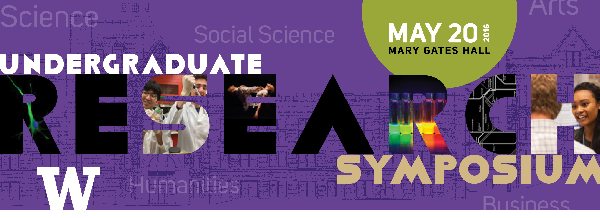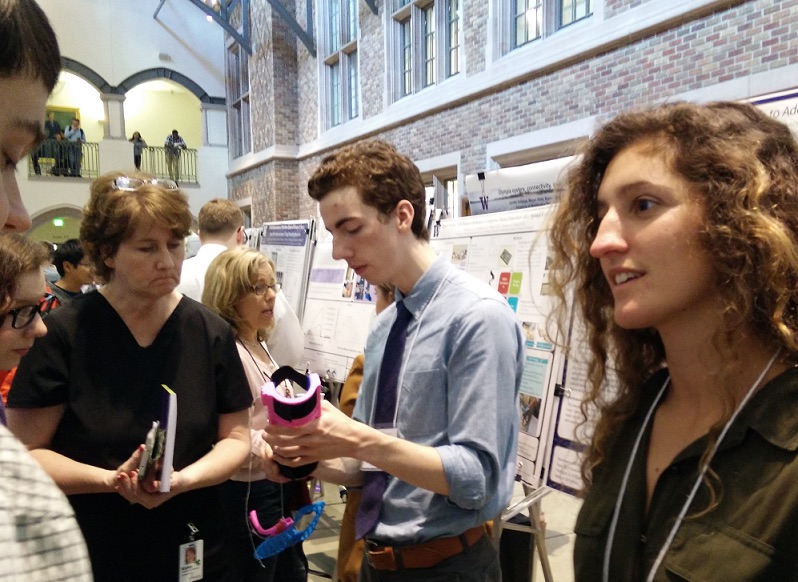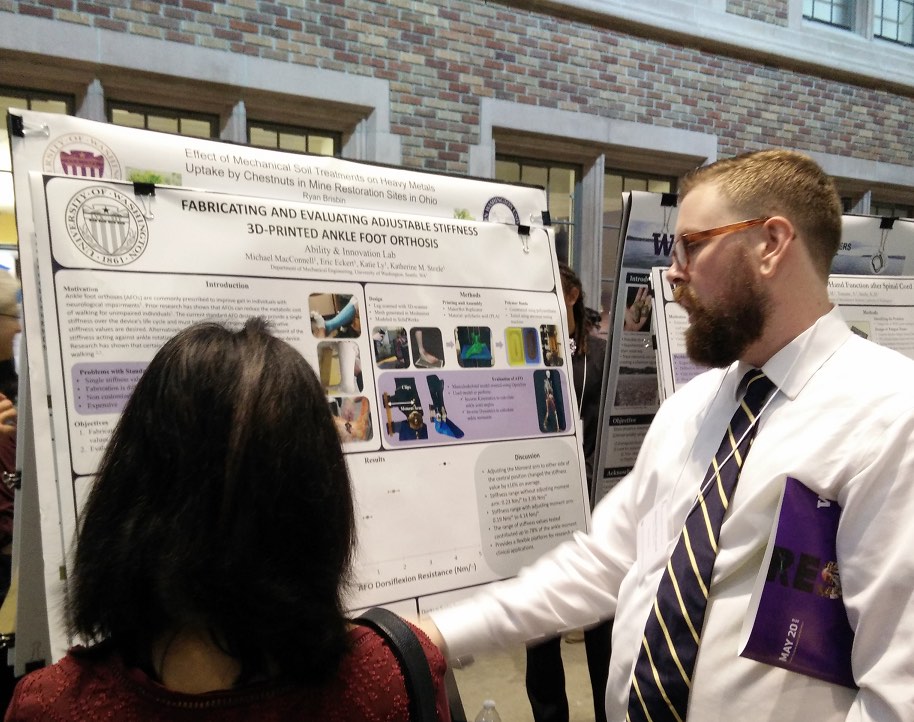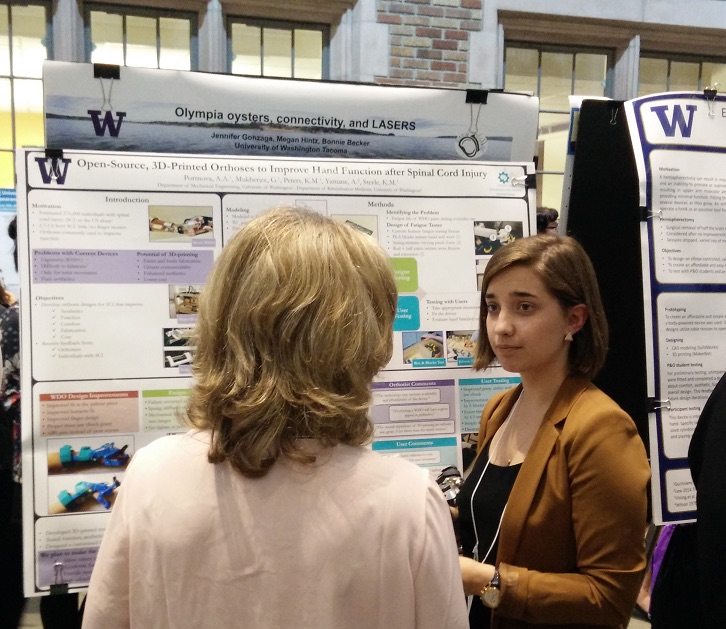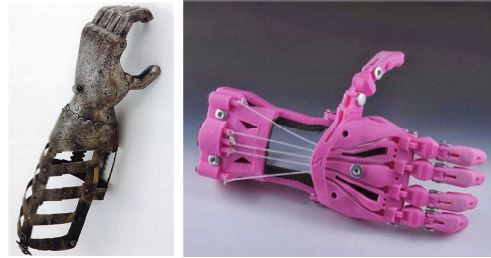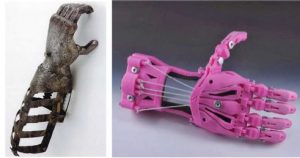Journal article in Prosthetics & Orthotics International:
How does the operating length of the gastrocnemius vary with different common AFOs in children with cerebral palsy?
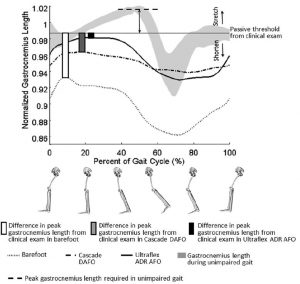 Background: Many individuals with cerebral palsy wear ankle foot orthoses during daily life. Orthoses influence joint motion, but how they impact muscle remains unclear. In particular, the gastrocnemius is commonly stiff in cerebral palsy. Understanding whether orthoses stretch or shorten this muscle during daily life may inform orthosis design and rehabilitation.
Background: Many individuals with cerebral palsy wear ankle foot orthoses during daily life. Orthoses influence joint motion, but how they impact muscle remains unclear. In particular, the gastrocnemius is commonly stiff in cerebral palsy. Understanding whether orthoses stretch or shorten this muscle during daily life may inform orthosis design and rehabilitation.
Objectives: This study investigated the impact of different ankle foot orthoses on gastrocnemius operating length during walking in children with cerebral palsy.
Study design: Case series, within subject comparison of gastrocnemius operating length while walking barefoot and with two types of ankle foot orthoses.
Methods: We performed gait analyses for 11 children with cerebral palsy. Each child was fit with two types of orthoses: a dynamic ankle foot orthosis (Cascade dynamic ankle foot orthosis) and an adjustable dynamic response ankle foot orthosis (Ultraflex ankle foot orthosis). Musculoskeletal modeling was used to quantify gastrocnemius musculotendon operating length and velocity with each orthosis.
Results: Walking with ankle foot orthoses could stretch the gastrocnemius more than barefoot walking for some individuals; however, there was significant variability between participants and orthoses. At least one type of orthosis stretched the gastrocnemius during walking for 4/6 and 3/5 of the Gross Motor Functional Classification System Level I and III participants, respectively. AFOs also reduced peak gastrocnemius lengthening velocity compared to barefoot walking for some participants, with greater reductions among the Gross Motor Functional Classification System Level III participants. Changes in gastrocnemius operating length and lengthening velocity were related to changes in ankle and knee kinematics during gait.
Conclusion: Ankle foot orthoses impact gastrocnemius operating length during walking and, with proper design, may assist with stretching tight muscles in daily life.
Clinical relevance: Determining whether ankle foot orthoses stretch tight muscles can inform future orthotic design and potentially provide a platform for integrating therapy into daily life. However, stretching tight muscles must be balanced with other goals of orthoses such as improving gait and preventing bone deformities.
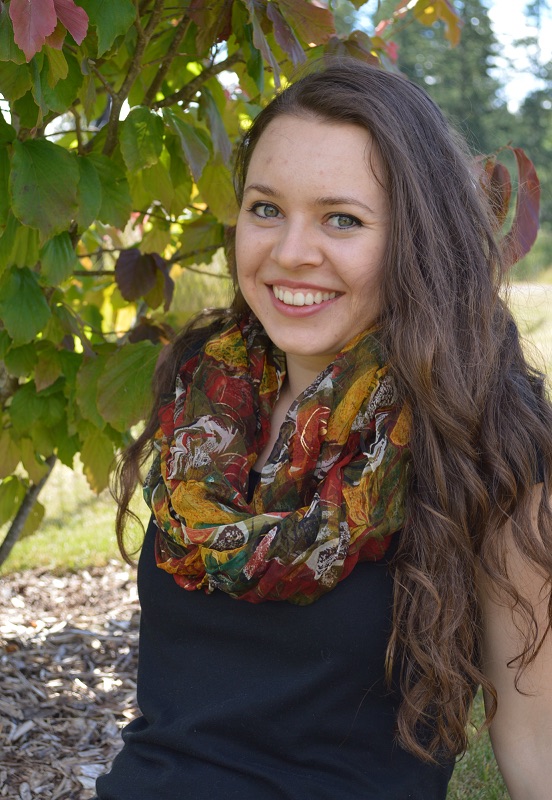 Congratulations to Jessica for being acknowledged by the Department of Mechanical Engineering for her academic achievements and potential for success within her masters studies.
Congratulations to Jessica for being acknowledged by the Department of Mechanical Engineering for her academic achievements and potential for success within her masters studies.
